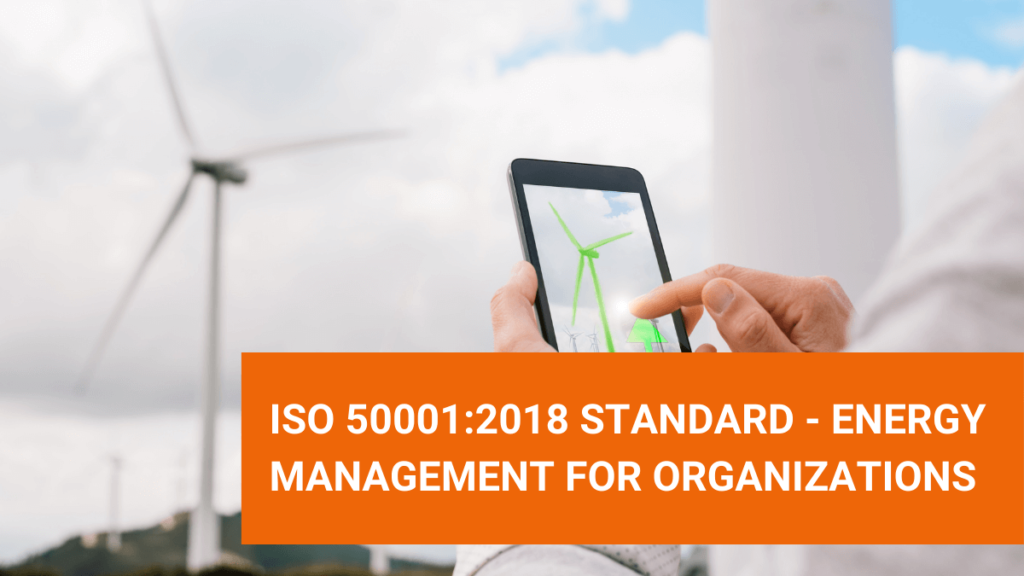Environment Management System is a very essential ISO Certification Implementation for the modern organizations. ISO 14001 Standard is a comprehensive Certification that covers a set of topics around the following:
- Context of the Organization
- Leadership
- Planning
- Support
- Operation
- Performance Evaluation
- Improvement
The Environmental Management System (EMS) is a combination of the above key focus areas. The main aim of an EMS is to reduce the environmental impact of an organization and effective resource utilization.
How Environment Standard will Benefit Organization?
EMS Standard will help in :
- Cutting down on waste
- Lowering energy use
- Using renewable resources
- Avoiding risk and preventing pollution
- complying with regulatory and legal requirements
- Designing for the complete product lifecycle
EMS helps in moving towards a cleaner and greener way of working. It will help in enhancing the brand image as a green company. Also, it strengthens the stakeholder confidence, enhances competitive advantage, and long-term sustainability of the business.

Organizations of any size involved in manufacturing, services, or trade are eligible for getting an EMS Certification. Companies that want to make a positive impact on the environment must get ISO 14001:2015 certification.
ISO 14001:2015 Standard is one of the most popular ISO Certification Standard for environmental management.
What are the business implications of getting an Environmental Management System?
- Establish good environmental performance as a core business objective
- Practice the principles of continuous improvements in the environmental management system
- Develop a plan on product lifecycle and waste management
- Comply with all the government regulatory requirements
- Demonstrate an efficient environmental management system to the stakeholders.
- Protect the environment and comply with legal obligations and strengthen the brand image.
ISO Environmental Standards will help to comply with increasingly stringent environmental laws and regulations. It also helps in building trust with customers and other stakeholders.
ISO 14001:2015 Standard Environmental Management System Framework Benefits
- Identify cost savings in resources, waste, and energy management
- Improve efficiency and reduce environmental impact across the product lifecycle
- Improve corporate image and credibility and win new customers
- Quantify, monitor, and control the ongoing environmental impact
- Ensure organizations comply with environmental legislation and reduce fines and violations
ISO 14001:2015 Key Area of Focus
Environmental Impact – Aim to reduce the environmental impact by streamlining the business operations.
Management Responsibility – The role of top management in implementing an Environmental Management System is undeniable. They must include EMS in the core business strategy and work to achieve compliance.

Resource Management – Utilize the resources in a way that creates minimum damage to the environment.
Measurement, Analysis & Improvement – Facilitate continuous improvement of the Environmental Management System.
What are the key improvements to the Organizations?
ISO 14001:2015 Standard policies must be aligned with the organization’s strategic directions. It will help in complying with the environmental norms.
- Enhance the corporate social responsibilities of the organization by implementing environmentally-friendly policies.
- Launching initiatives to protect nature from harm and degradation of materials
- Effective resource utilization and efforts to mitigate the climate change
- A Communication Strategy focused on environmental protection and sustainability.
How to get ISO 14001:2015 Certification?
To obtain ISO 14001:2015 Standard, the organization must follow certain procedures. The main aim of the Environmental Management Standard is to provide the right framework to reduce the effects of the organization on the surroundings.
There are a few steps in the Certification Process of ISO 14001:2015 Certification. i.e;
1. Awareness Training
The ISO Consultant will empower the employees, quality team, and top management about the Environmental management system.
The initial objectives and aims of the certification will be discussed at this stage. It will make the team and management aware of the ISO Standard guidelines and expectations from the EMS Implementation.
2. Gap Analysis
The internal auditor or the quality team will conduct the gap analysis exercise to determine the functionality of the existing operations process.

The team will identify all the vulnerabilities in the current system. Also, they will take the corrective actions as per the ISO Compliance document.
3. Environmental Management System Implementation
The ISO implementation takes place in line with the ISO 14001 standard policies.
The EMS System has to be implemented to transform the business operations. The enviornmental checks must be in place.
Proper monitoring of the business operations and the impact on the environment is to be recorded. The EMS system must be transformed to comply with the ISO Enviornmental Standard guidelines.
4. Internal Audit
The internal Audit will help in analyzing the shortcomings in the environmental managemnt system.
All the changes required to the current system to be compliant with the ISO 14001 standard must be notified to the top management, functional teams and other stakeholders.
The internal Audit helps in identifying the compliance issues and action items. Once the Environment Management System is free of all non-conformities, the external audit is to be initiated.
5. External Audit
The external audit is conducted by the Certification Body that will issue the ISO Certification. The Certificatandio body has certain criteria that the Environment Management System must satisfy.
Depending on the scope of the certification, nature of business, and complexity, the external audit is planned by the Certification Body.
The ISO Auditor will share the internal audit report and observations with the external Certification Body. Based on the compliance requirements and results, the Certification issues the ISO 14001:2015 Certification.
Hence, in a nutshell, the Environmental Management System will enable organizations to commit to their principles of saving nature and surroundings from any harmful incidents during their business operations.
To know more about the ISO 14001:2015 Certification Implementation, connect with our expert team right away!
Contact Us: Aurion ISO Consultants



